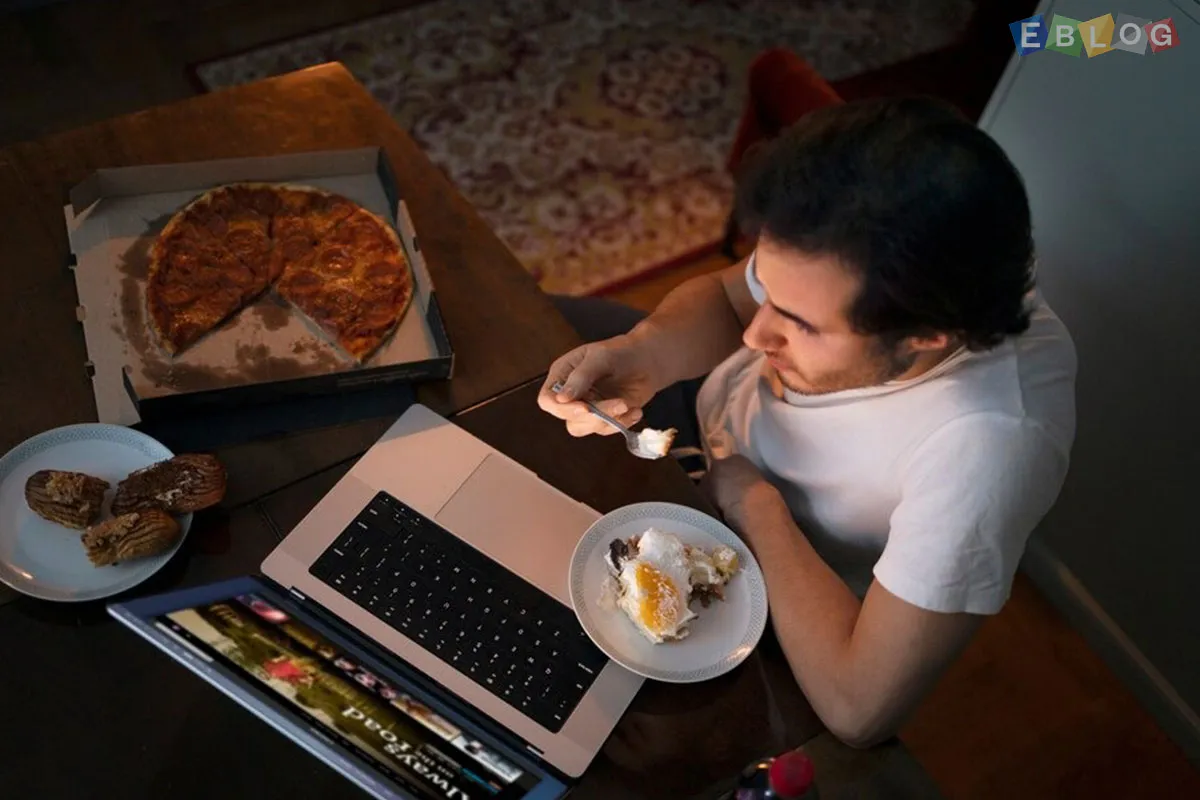
Bad Food Survival Kit: Navigating The Dining Scene In Todays World
- 29 Jul, 2024
- Food
- 448 Views
- 0 Comments
In an era where dining options are as diverse as ever, navigating the culinary landscape can be both thrilling and challenging. From gourmet restaurants to street food stalls, the quality of food can vary widely, and sometimes, you might find yourself faced with a less-than-ideal meal. Whether you’re a frequent traveler, a foodie exploring new locales, or someone simply trying to avoid culinary pitfalls, having a “Bad Food Survival Kit” can be a lifesaver. Here’s how to navigate the dining scene and ensure you have a positive dining experience even when the odds aren’t in your favor.
1. Do Your Research
Before setting foot in a restaurant or ordering takeout, do a bit of research. Websites like Yelp, TripAdvisor, and Google Reviews provide insights into the quality of food and service at various establishments. Look for recent reviews and pay attention to recurring comments. If multiple reviewers mention poor food quality or bad service, it might be best to steer clear.
2. Trust Your Senses
First impressions matter. When you walk into a restaurant, take a moment to assess your surroundings. Does the place look clean? Are the staff attentive and professional? Trust your instincts. If something feels off, it might be a sign that the food quality could be questionable too.
3. Ask for Recommendations
Don’t hesitate to ask locals or the restaurant staff for recommendations. Often, locals know the best spots to eat and can steer you away from tourist traps. If you’re in a restaurant, asking the staff about their favorite dishes can help you choose the best options on the menu.
4. Be Prepared
Sometimes, despite your best efforts, you might still end up with a bad meal. Here’s what to include in your Bad Food Survival Kit to handle such situations:
a. Snacks: Carry a few healthy snacks like nuts, granola bars, or dried fruit. These can tide you over if you find yourself unable to finish a bad meal.
b. Condiments: A small bottle of your favorite hot sauce or seasoning can work wonders in enhancing the flavor of bland or poorly seasoned food.
c. Hand Sanitizer: Cleanliness is crucial, especially if you’re unsure about the hygiene standards of the place you’re dining at.
d. Digestive Aids: Carrying antacids or digestive enzymes can help if you end up eating something that doesn’t agree with you.
5. Know When to Walk Away
If the food is inedible or poses a risk to your health, don’t hesitate to leave. Politely inform the staff of the issue and consider leaving a review to inform other potential diners. Your health and well-being should always come first.
6. Make the Most of It
Sometimes, a bad dining experience can turn into a fun adventure or a great story. If you’re with friends or family, make light of the situation and enjoy the company. Remember, dining is not just about the food but also about the experience and the people you share it with.
7. Learn and Adapt
Use each dining experience as a learning opportunity. Over time, you’ll become better at identifying good restaurants and avoiding bad ones. Keep a list of your favorite spots and share your discoveries with others.
8. Conclusion
Navigating the dining scene in today’s world can be tricky, but with a little preparation and a positive mindset, you can turn even the worst dining experiences into memorable ones. Your Bad Food Survival Kit, along with some savvy dining strategies, will ensure that you enjoy every meal, no matter where you are. Bon appétit!




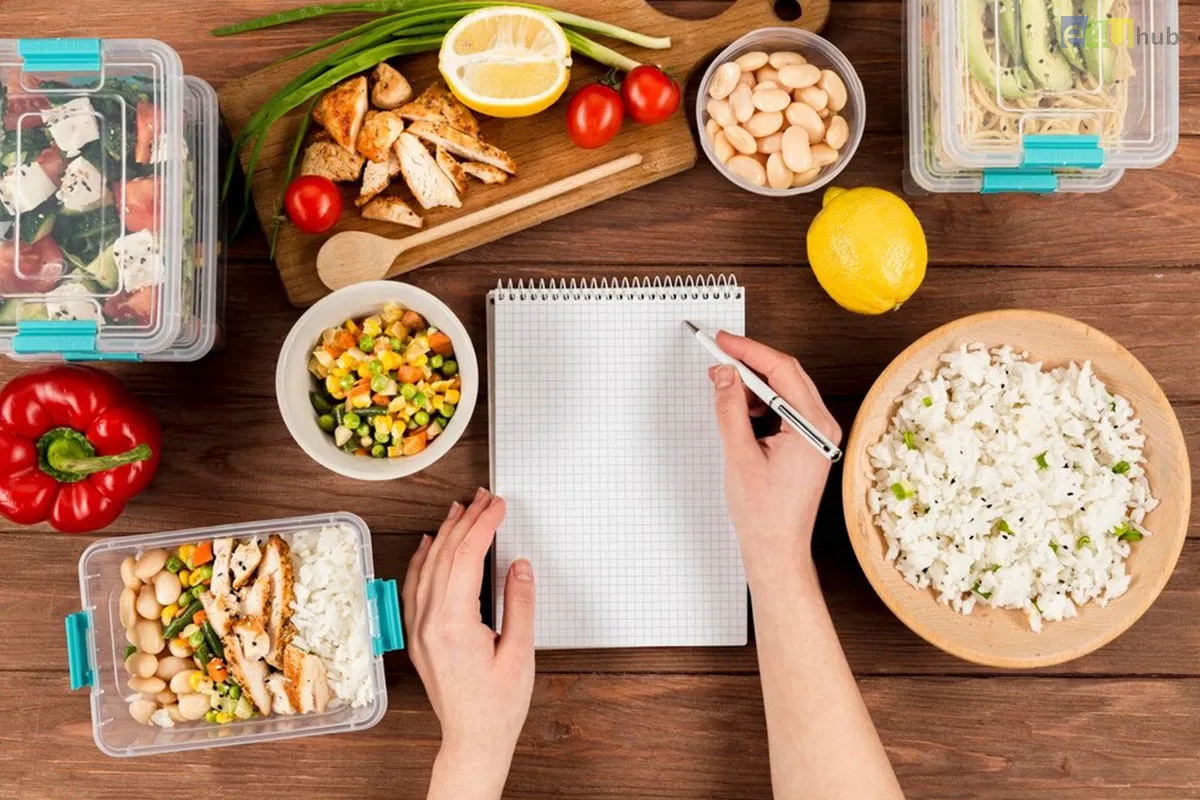
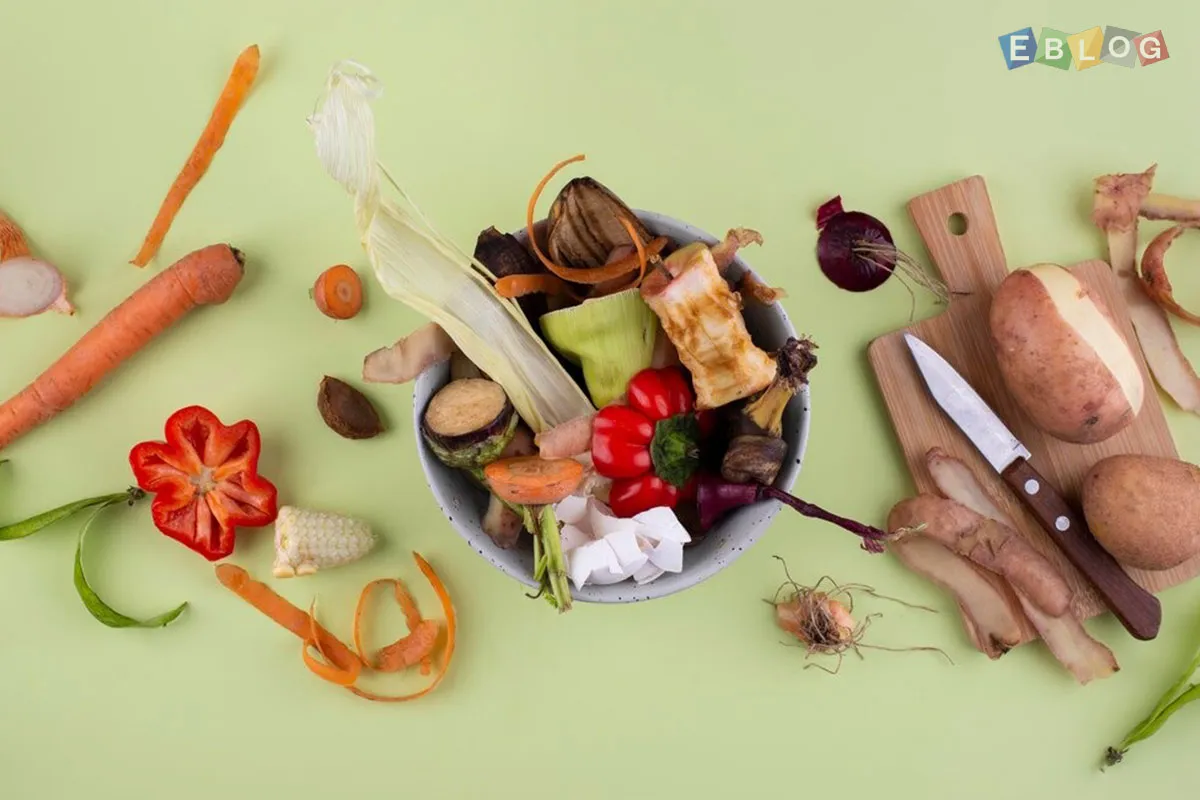

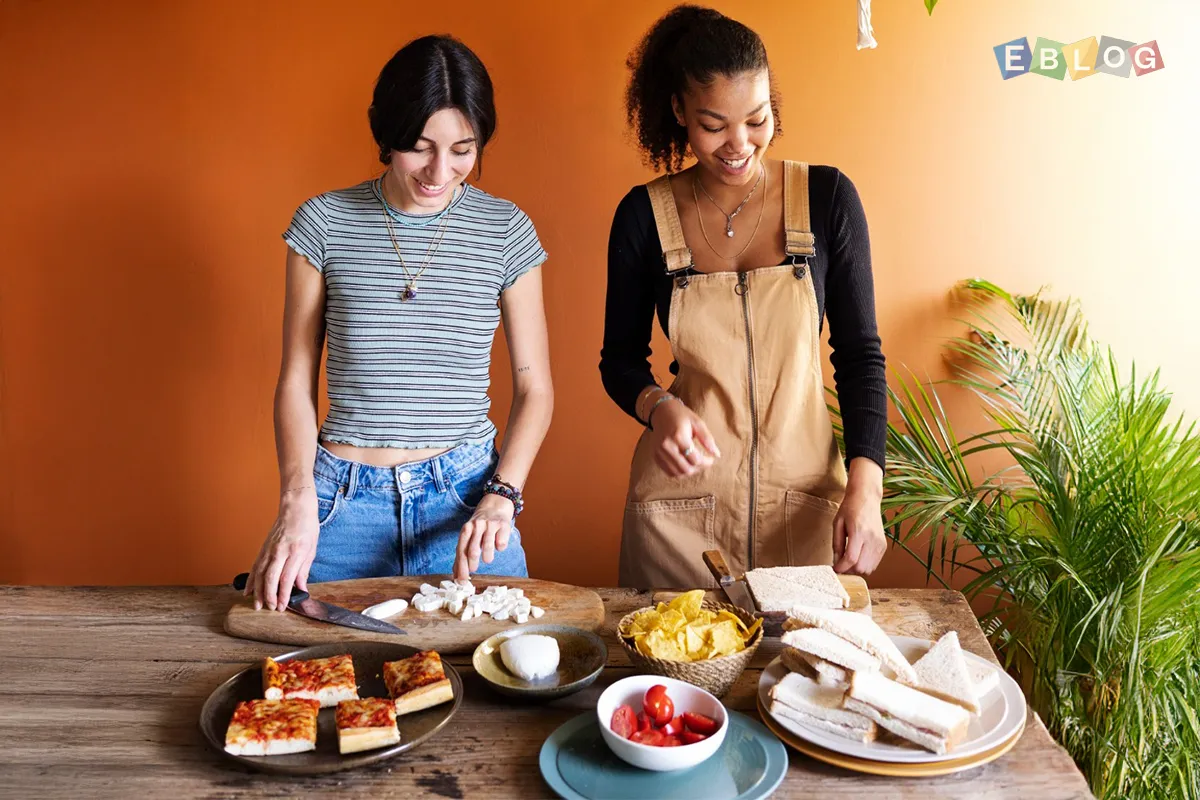
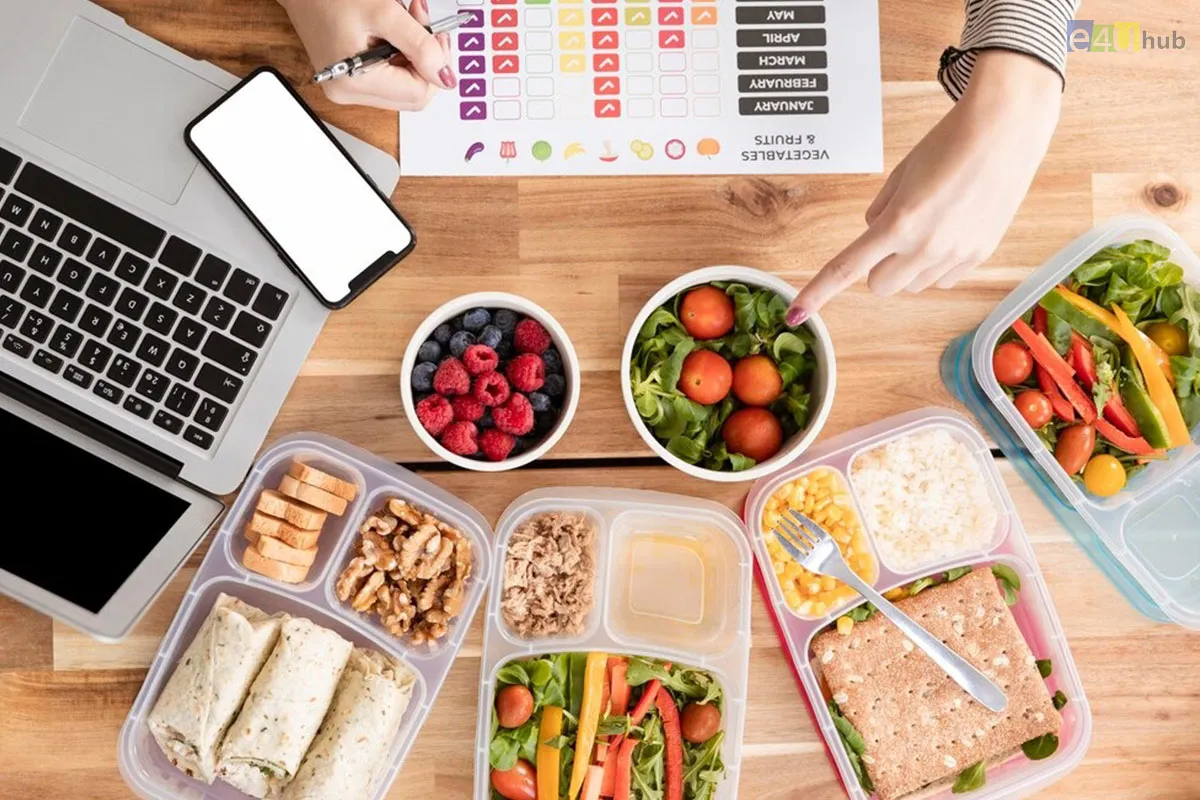

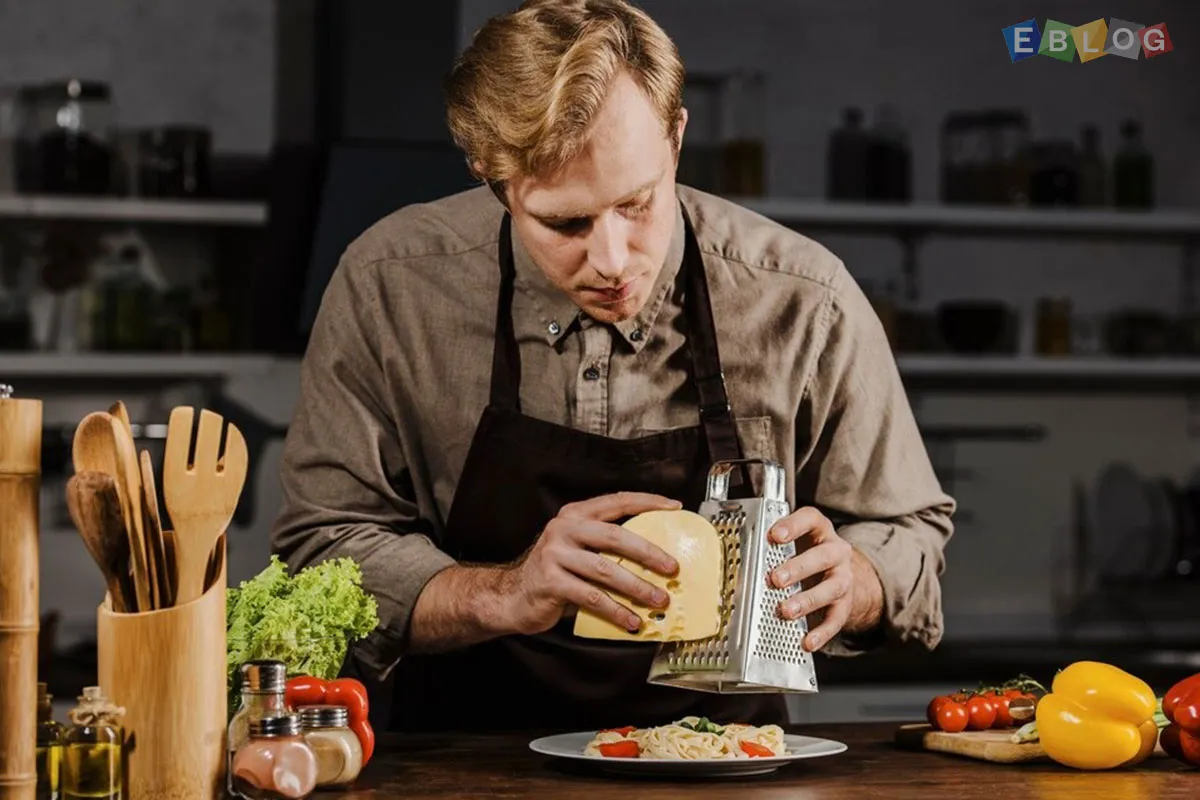




Leave a Reply